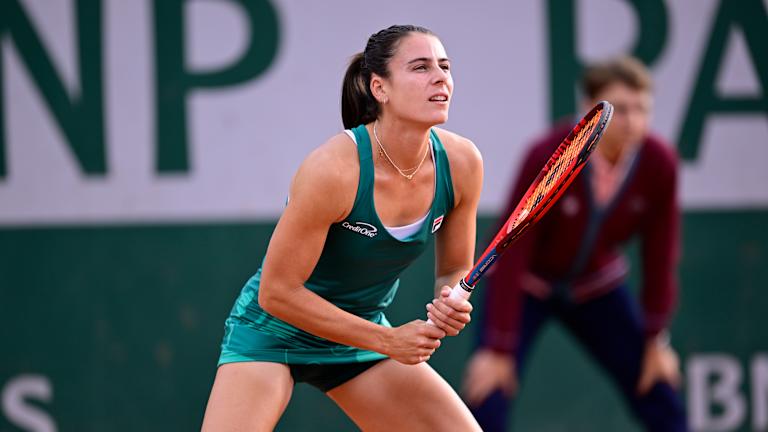Your Game
Tip of the Day: Master the return of serve
By Jul 04, 2024Your Game
Racquet Review: Yonex EZONE 100
By Apr 20, 2025Your Game
Geared Up: Andrey Rublev keeps letting it rip with Head and K-Swiss
By Apr 19, 2025Your Game
Tariffs are serving up challenges to the tennis equipment industry
By Apr 13, 2025Your Game
The Partner ball machine uses robotics to revolutionize tennis training
By Apr 12, 2025Your Game
Racquet Review: Wilson Clash 100 Pro v3
By Apr 06, 2025Your Game
Shoe Review: Adidas Ubersonic 5
By Apr 05, 2025Your Game
Doubles Partners: Asics and A.P.C. team up for one-of-a-kind tennis collection
By Mar 30, 2025Your Game
Babolat and Lamborghini collaborate on new padel racquet collection
By Mar 29, 2025Your Game
Madison Keys: how racquet change led to first Grand Slam title
By Mar 28, 2025Tip of the Day: Master the return of serve
Play better at every level of the game with advice from this former player and longtime coach.
Published Jul 04, 2024
Advertising

At this point, Emma Navarro has an idea of what she'd like to accomplish with her return of serve.
© Getty Images